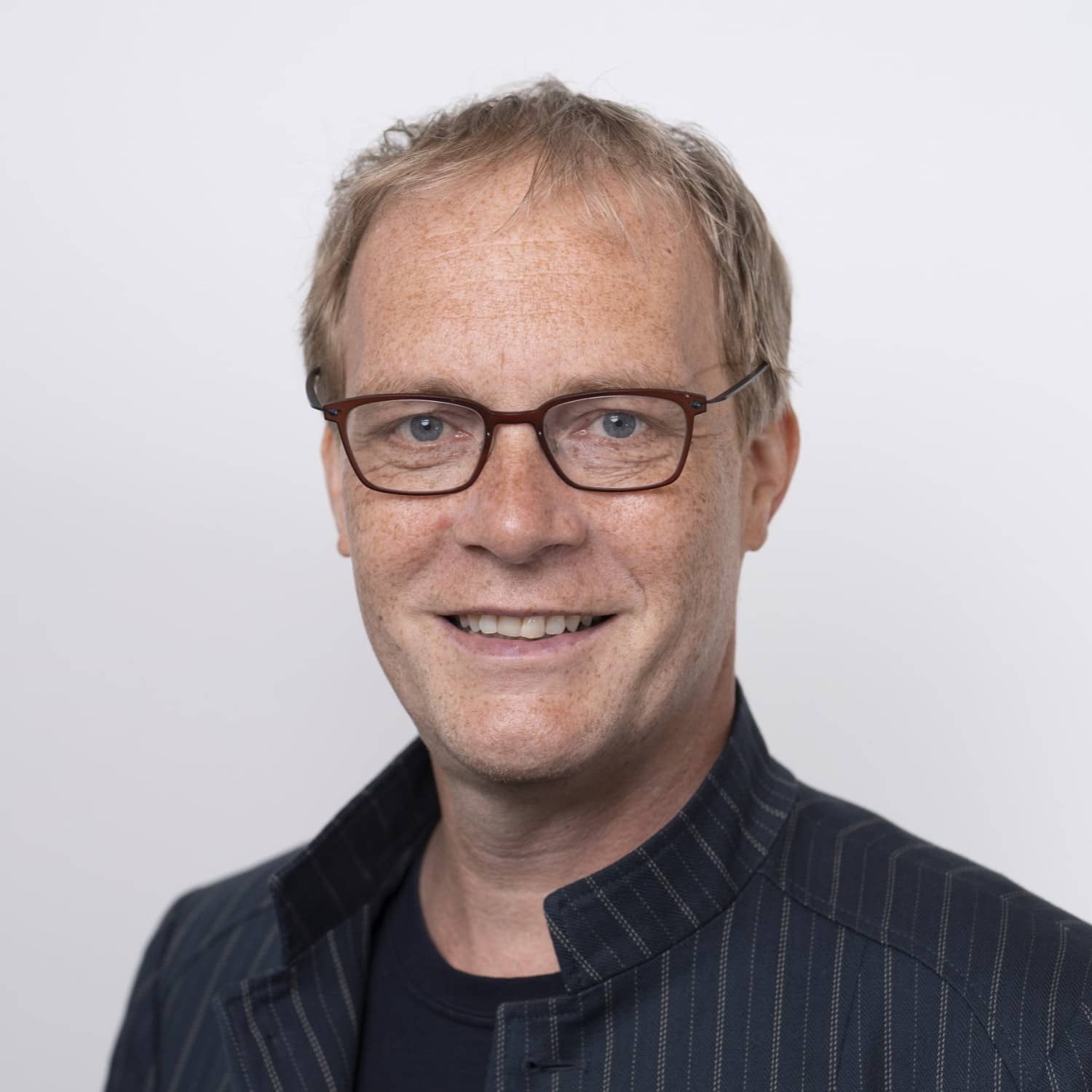Critical Approaches
Urban Metabolism
You often heard us say in this module that circularity borrows many of its principles from natural organisms. Now Alex, accounting all the processes that Olga briefly described here uses yet another metaphor: he claims that cities have a definable metabolism just like humans do.
In this video, Alex provides us with an overview of how the metabolism metaphor has been used in urban planning over the last centuries. He monitors the different schools of thought and how the concept evolved over time. Design of cities in the future, he argues, will be situated at the intersection of the biophysical quantification of materials and energy that flow through a city, with the impact these processes have on urbanization.
Main Takeaways
- Urban Metabolism borrows its relevance from Human Metabolism to describe the processes inherent in cities’ function.
- Different interpretations of the concept of Urban Metabolism have been formulated over the years; Circular Urban Metabolism in particular, represents the idea that closing material and energy loops within cities reduces urbanization’s negative environmental impact and contributes to a more balanced relationship with the surrounding ecosystems.
- Contemporary research considers both the quantification of materials and energy flows as well as the ways these flows shape cities.
References
- Girardet, H (2008). Cities, People, Planet. 2nd ed. Chichester, England: Wiley.
- Wolman, A (1965). The Metabolism of Cities. In Scientific American 213 (3):178–93.
Further Reading
- Brunner, P.H. (2008). Reshaping Urban Metabolism. In Journal of Industrial Ecology, 11 (2): 11-13.
- City of Stockholm, 2007. Hammarby Sjöstad – a unique environmental project in Stockholm.
- Dijst et al., (2018). Exploring urban metabolism—Towards an interdisciplinary perspective. In Resources, Conservation and Recycling 132: 190-203
- Kennedy, C., Pinceti, S. & Bunje, P. (2011). The study of urban metabolism and its applications to urban planning and design. In Environmental Pollution 159 (8–9): 1965–1973.
